36 General Motors Cars That Sparked The Most Controversy
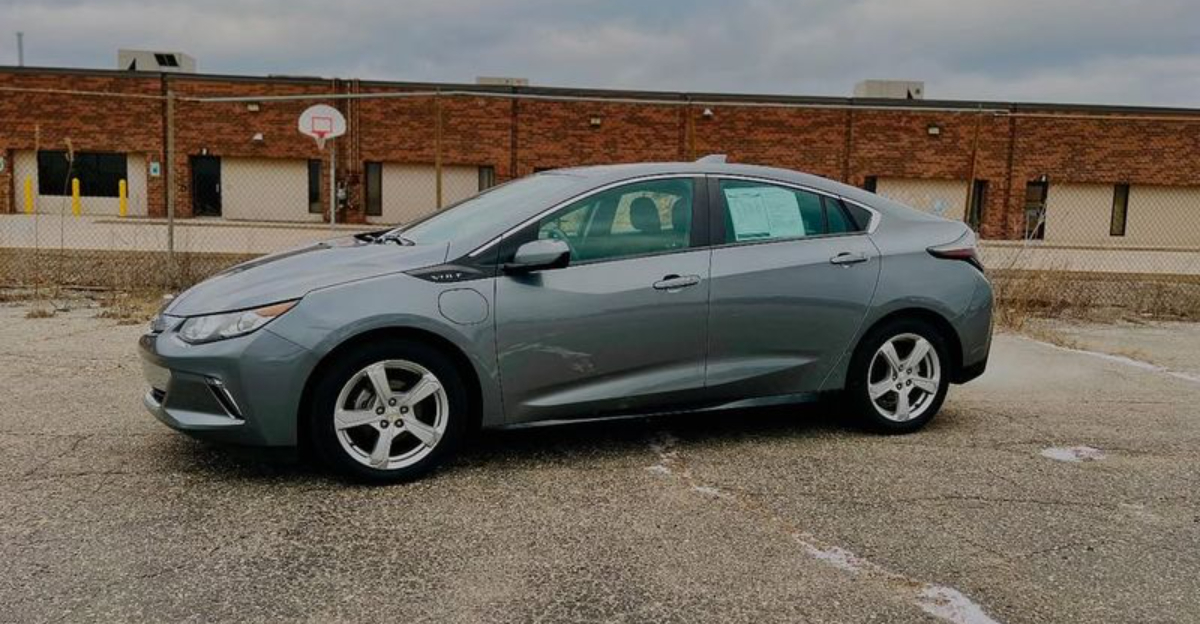
General Motors has a long history of stirring the pot in the automotive world, often creating vehicles that spark intense debates.
Take the Pontiac Aztek, for example—praised by some as a bold innovation, but reviled by others for its questionable design.
Even iconic models like the Chevy Corvette haven’t been immune to controversy, with design changes and performance tweaks that had car enthusiasts divided.
GM’s willingness to take risks has often led to passionate opinions, turning even their most daring vehicles into hot topics of conversation.
1. Pontiac Aztek

Ever seen a car that looks like a Transformer stuck mid-transformation? The Pontiac Aztek did just that with its quirky design.
It was supposed to be a sporty, versatile SUV but ended up as one of the most polarizing cars ever. Despite its looks, it had a cult following, particularly among the outdoor-loving crowd.
The Aztek even found fame in the TV series Breaking Bad, driven by the infamous Walter White. With its unique tent accessory, it was a camper’s oddball dream.
2. Chevrolet Corvair

A car that Ralph Nader loved to hate, the Chevy Corvair was the poster child for unsafe vehicles in the 1960s. Its rear-engine design caught eyes but also caused instability, leading to its infamous reputation.
Despite the controversy, the Corvair was a trailblazer in design, offering a unique alternative to the traditional American cars of its time. Enthusiasts still admire its daring engineering.
Interestingly, it ushered in a new era of automotive safety standards. Love it or hate it, the Corvair was undeniably influential.
3. Cadillac Cimarron

The Cimarron was Cadillac’s attempt to go compact in the ’80s, but the result left fans furious. Underneath the luxury badge was a lightly disguised Chevrolet Cavalier, and the public saw right through it.
Cadillac’s premium pricing clashed hard with its modest interior and uninspiring performance. Critics called it a brand misstep that cheapened Cadillac’s image.
Though GM hoped to lure younger buyers, the Cimarron became a cautionary tale in badge engineering—and a lasting reminder that luxury needs substance, not just style.
4. Saturn Ion

Meet the Saturn Ion, the car that tried to be different with plastic body panels. It aimed to bring innovation but often left buyers scratching heads instead. Its exterior design was bold, to say the least.
The Ion’s quirky center-mounted instrument panel was a love-it-or-hate-it feature, sparking debates among drivers. It was an experiment in modern automotive design.
Though it didn’t win universal acclaim, the Ion’s unique approach still intrigues car enthusiasts today. A daring attempt at innovation, even if a bit too futuristic.
5. Chevrolet SSR
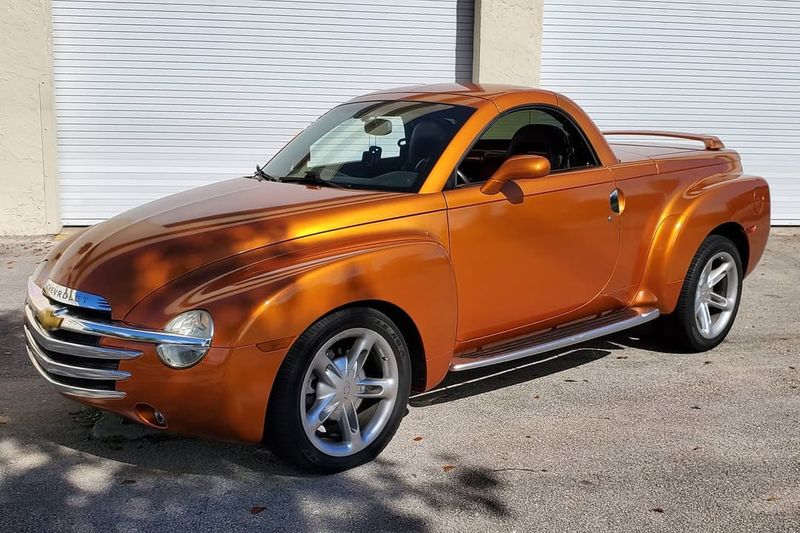
A retro hot rod pickup with a retractable hardtop? The Chevrolet SSR was bold, bizarre, and controversial from the start.
With its cartoonish styling and hefty price tag, people didn’t know whether to take it seriously or not. Some loved its throwback charm, while others dismissed it as a vanity project with little utility.
The early models were sluggish too, which didn’t help. Even today, the SSR divides opinion—a daring design experiment that couldn’t decide if it wanted to haul or show off.
6. Oldsmobile Aurora
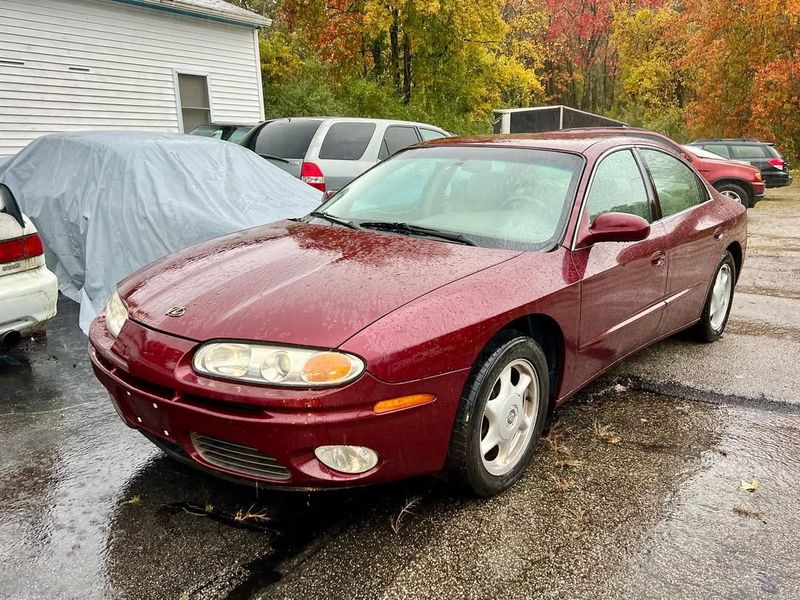
Step into the future with the Oldsmobile Aurora, a car that seemed ahead of its time in the mid-’90s. Its refined, aerodynamic design was a stark contrast to the boxier vehicles of the era.
The Aurora aimed to revive Oldsmobile’s image, offering luxury and performance. It was a daring move, and while it didn’t save the brand, it left a lasting impression.
For enthusiasts, it’s a reminder of Oldsmobile’s innovation before its eventual demise. A last hurrah that still shines in the collector’s eye.
7. Hummer H2
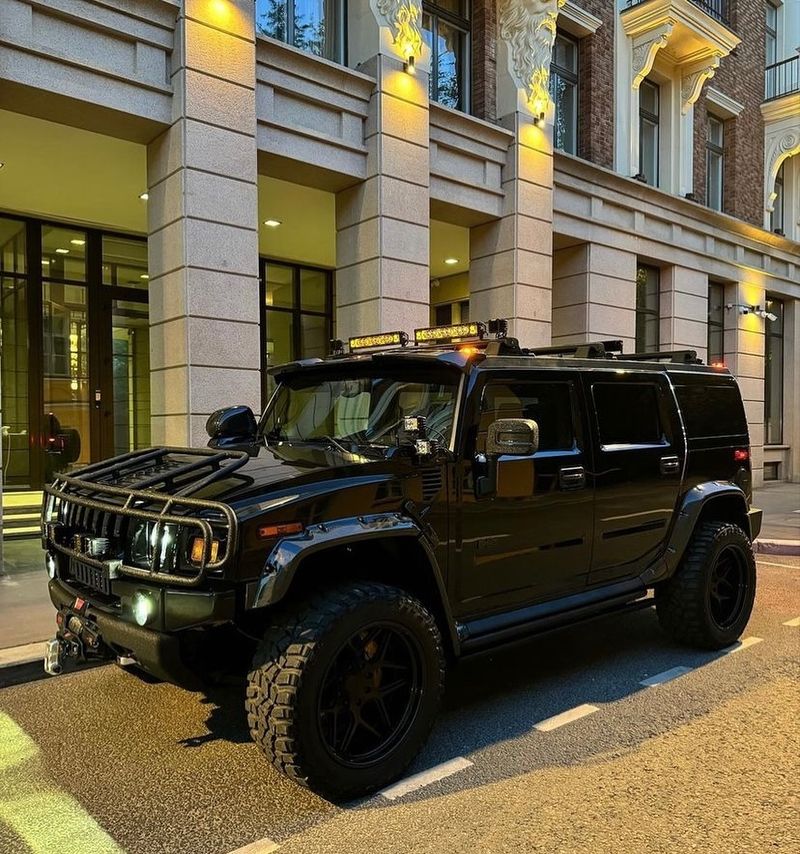
Few vehicles ruffled feathers like the Hummer H2. Loved for its oversized bravado and off-road chops, it was equally loathed for its gas-guzzling nature and parking lot dominance.
As fuel prices rose and environmental concerns grew, the H2 became a rolling symbol of excess.
Critics slammed it as irresponsible, while fans admired its military-grade attitude.
Its sheer presence sparked debates that extended far beyond cars—it became a cultural lightning rod for conversations about image, consumption, and what an SUV should be.
8. Chevrolet Vega
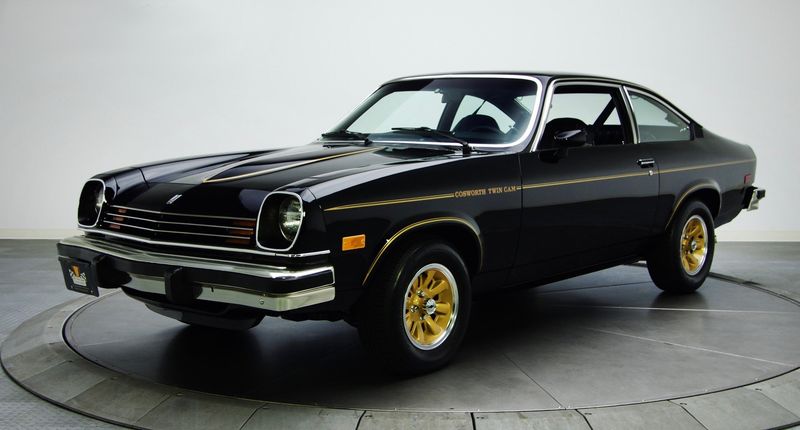
Enter the Chevrolet Vega, a car that promised much but delivered headaches. Introduced in the ’70s, it was meant to compete with imports but faced quality issues.
Its compact design was appealing, yet rust problems and engine troubles plagued its reputation. Despite the setbacks, the Vega’s design won accolades in its early years.
Today, it’s a reminder of GM’s ambitious but flawed attempt to tackle the small car market. A cautionary tale wrapped in a stylish package.
9. Pontiac Fiero
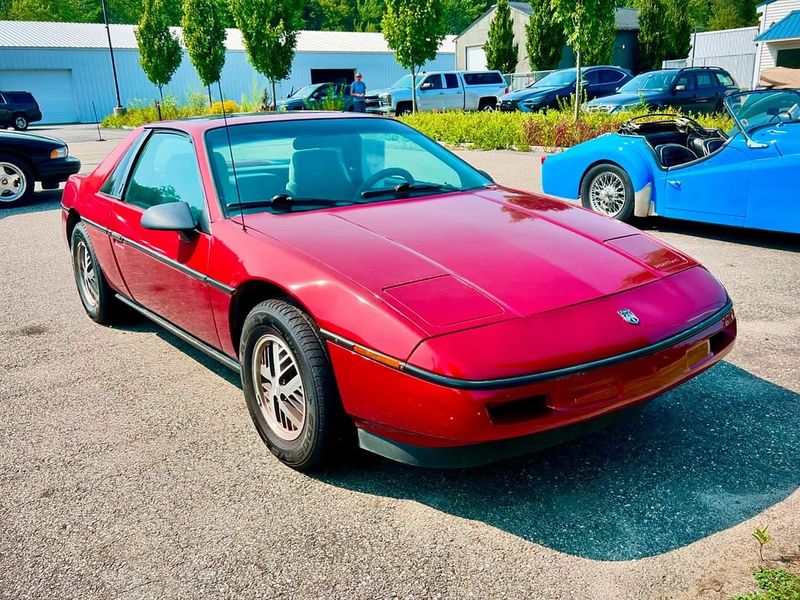
The Fiero promised to be Pontiac’s sports car revolution, with a mid-engine layout and space-age styling. But controversy followed quickly.
Early models were underpowered and plagued with reliability issues, including infamous engine fires that hurt its reputation.
GM’s cautious approach to performance left enthusiasts disappointed, despite the car’s innovative concept. Ironically, just as the Fiero started to get good—receiving real power and suspension upgrades—it was canceled.
10. Chevy Volt
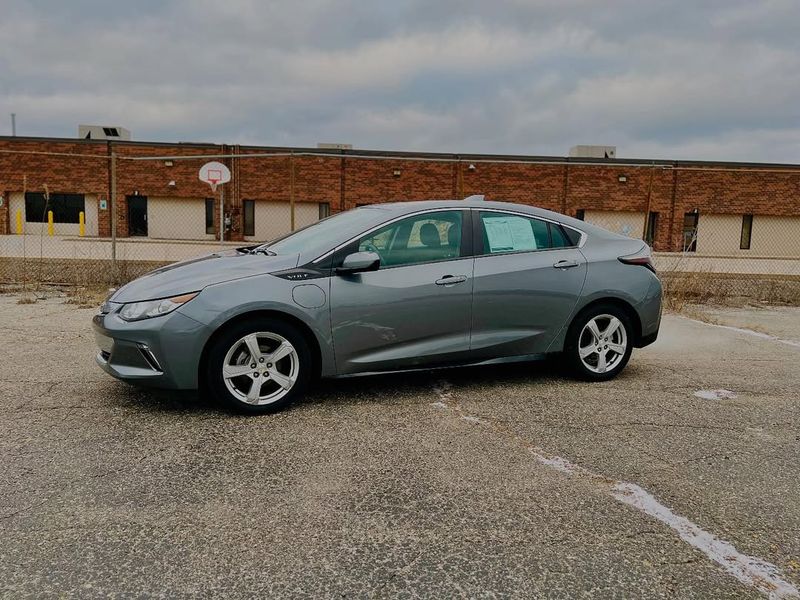
The Chevy Volt, GM’s foray into the world of electric cars, was a game-changer. Launched in 2010, it offered an electric driving experience with a backup gasoline engine.
Praised for its innovation, the Volt faced skepticism from traditional car lovers but paved the way for future EVs. Its design and eco-friendly nature won accolades.
The Volt proved that GM could innovate, setting the stage for future electric endeavors. A pioneering move that electrified the automotive world.
11. Cadillac ELR
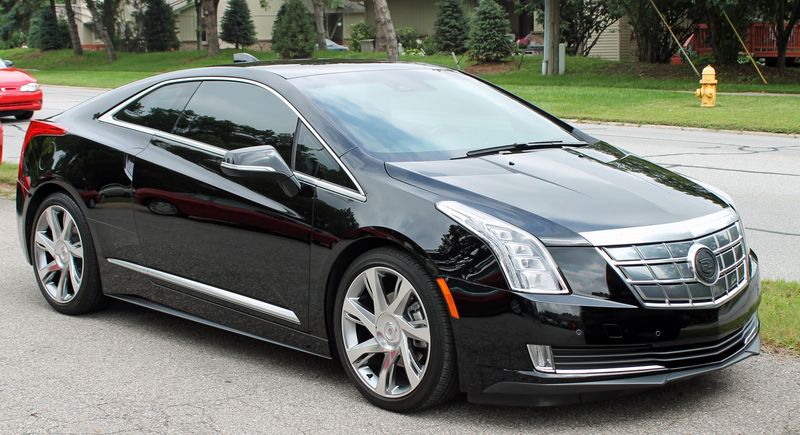
When Cadillac unveiled the ELR, it looked like a futuristic coupe with serious presence. But under the refined skin was a reworked Chevrolet Volt, and the price—nearly double the Volt’s—sparked immediate backlash.
The ELR couldn’t justify its luxury badge with performance alone, especially with just 157 hp and modest all-electric range.
It was a niche product in a market not quite ready for a $75K hybrid coupe. Stylish? Absolutely. But many saw it as GM trying to sell sizzle without the steak.
12. Buick Reatta

The Buick Reatta, a blend of craftsmanship and technology, hit the road in the late ’80s. This hand-built coupe was Buick’s attempt at a luxury sports car.
Its unique design and advanced features, like the touchscreen interface, set it apart. Yet, its high price and niche appeal limited its success.
Collectors now prize the Reatta for its distinctive character and limited production. A charming relic of Buick’s ambitious past, capturing hearts one drive at a time.
13. GMC Typhoon
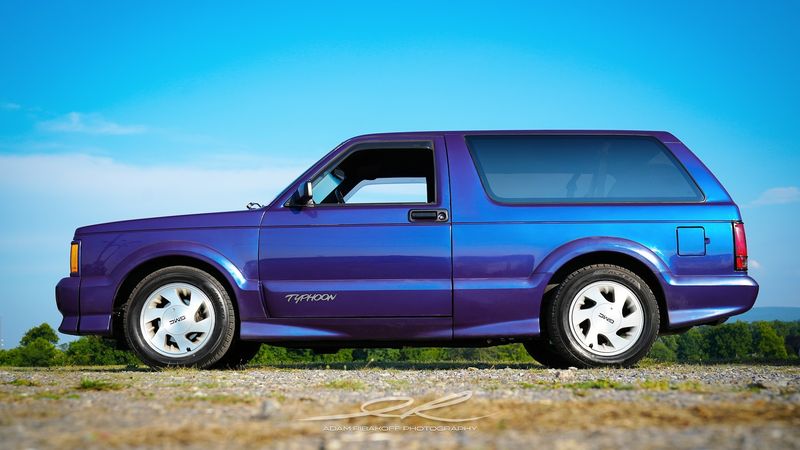
The GMC Typhoon, a performance SUV before the term was even coined, took the ’90s by storm. With a turbocharged engine, it was a beast on wheels.
Its speed and style made it a standout, blending muscle car performance with SUV practicality. Yet, its niche appeal kept it from mainstream success.
Today, the Typhoon is a cult classic among enthusiasts, remembered for its audacious spirit and blistering speed. A trailblazer in the world of high-performance SUVs.
14. Chevrolet Citation
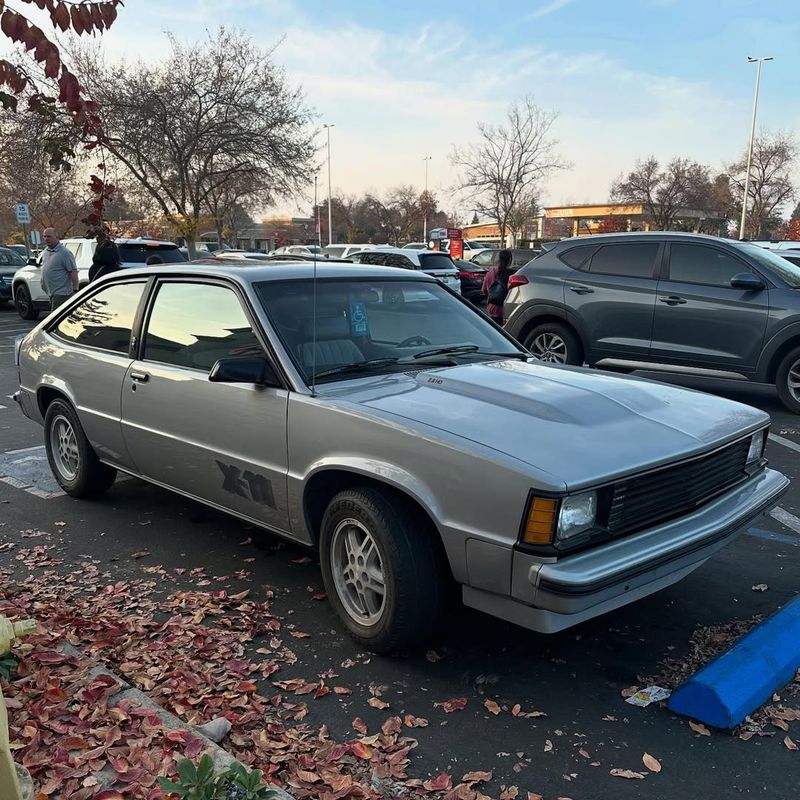
The Citation was GM’s big bet on front-wheel drive in the early ’80s, but its rollout was anything but smooth.
Despite early sales success, the car quickly earned a reputation for poor build quality, braking issues, and recalls galore.
Many customers felt misled by the hype, and its rapid decline became symbolic of GM’s quality-control struggles at the time.
It was supposed to be the future of affordable American cars—instead, the Citation became a punchline and a case study in overpromising and underdelivering.
15. Pontiac GTO (2004–2006)
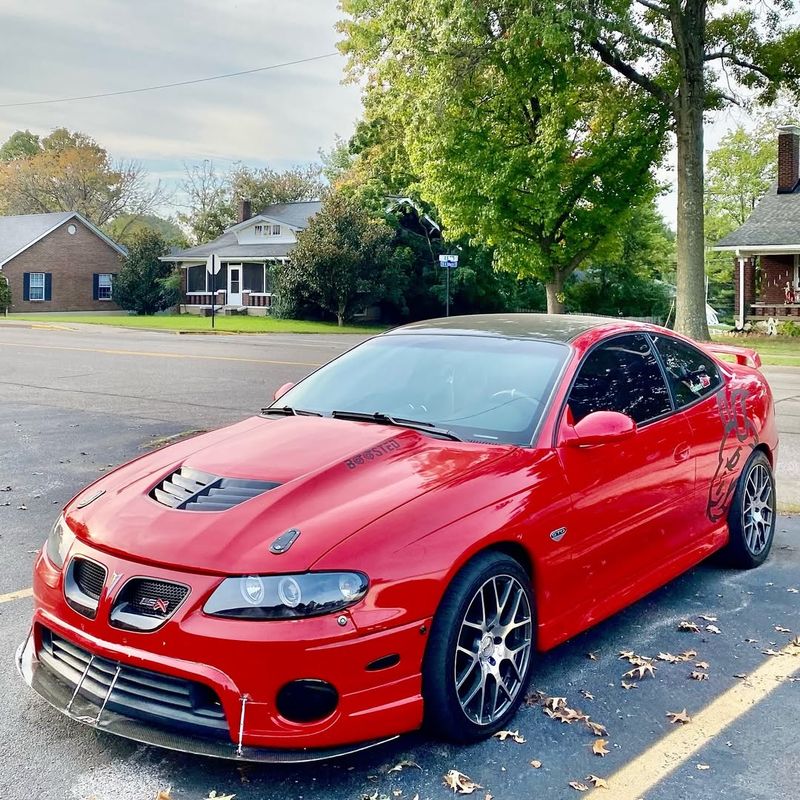
The Pontiac GTO revival in the mid-2000s brought muscle car fans to their feet. With a roar that could wake the dead, it brought power and prestige back to Pontiac.
Though its styling was criticized for being too subtle, its performance was anything but. A true muscle car spirit lived beneath its skin.
The GTO’s return was short-lived but left a lasting impression. A powerful nod to the past, with a modern twist that thrilled enthusiasts.
16. Chevy Malibu Maxx
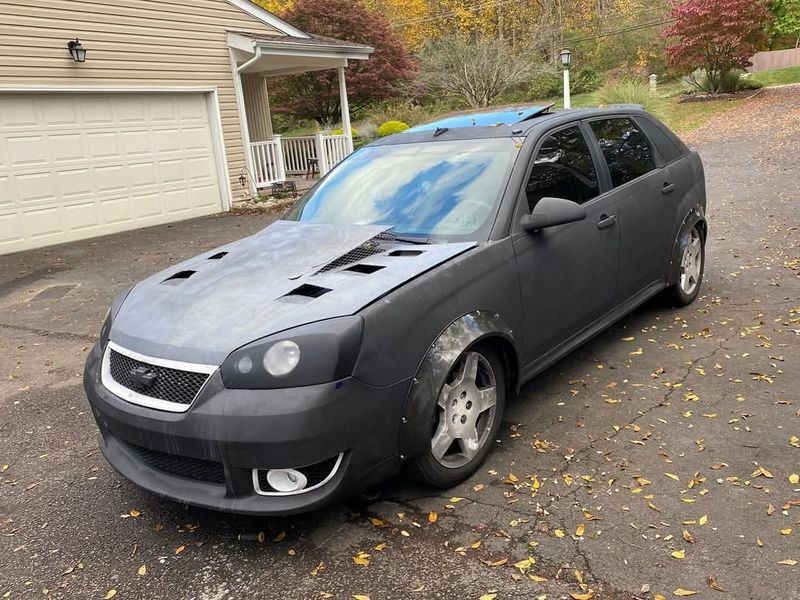
Part sedan, part wagon, the Malibu Maxx tried to break the mold—but not everyone was buying it. With its awkward proportions and sliding rear seats, it was marketed as a practical family car with European flair.
The problem? It didn’t look particularly stylish or feel especially refined.
It straddled categories, confusing buyers and failing to gain traction in either the wagon or sedan crowd. It wasn’t a terrible car, but the Maxx stirred up debate about what a Malibu should be—and wasn’t.
17. Cadillac XLR
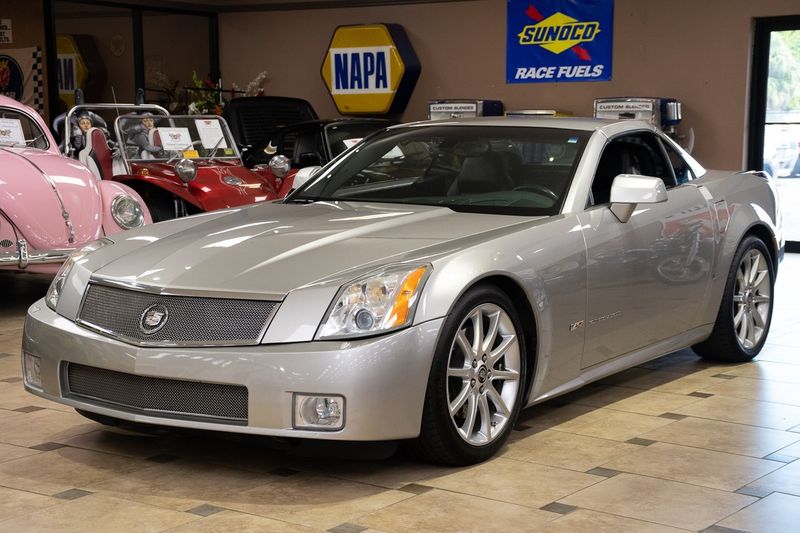
The Cadillac XLR, where luxury met performance in a convertible form, graced the roads in the mid-2000s. Its bold design and high-tech features were a treat for enthusiasts.
With a retractable hardtop, it combined elegance with practicality. Despite its charm, high costs limited its appeal.
Collectors now cherish the XLR for its unique character and rarity. A convertible that captured the essence of Cadillac’s luxury with a sporty twist.
18. Saturn Vue

The Vue was Saturn’s first SUV and packed plenty of promise, including a V6 option from Honda and plastic body panels that resisted dents.
But quality issues, odd styling choices, and a confusing identity left it open to criticism. The Vue changed significantly from year to year, creating inconsistency and a lack of clear direction.
Some loved its quirkiness and underdog charm, while others viewed it as another GM experiment that didn’t quite gel. It wasn’t bad—it just never found its footing.
19. Chevrolet HHR
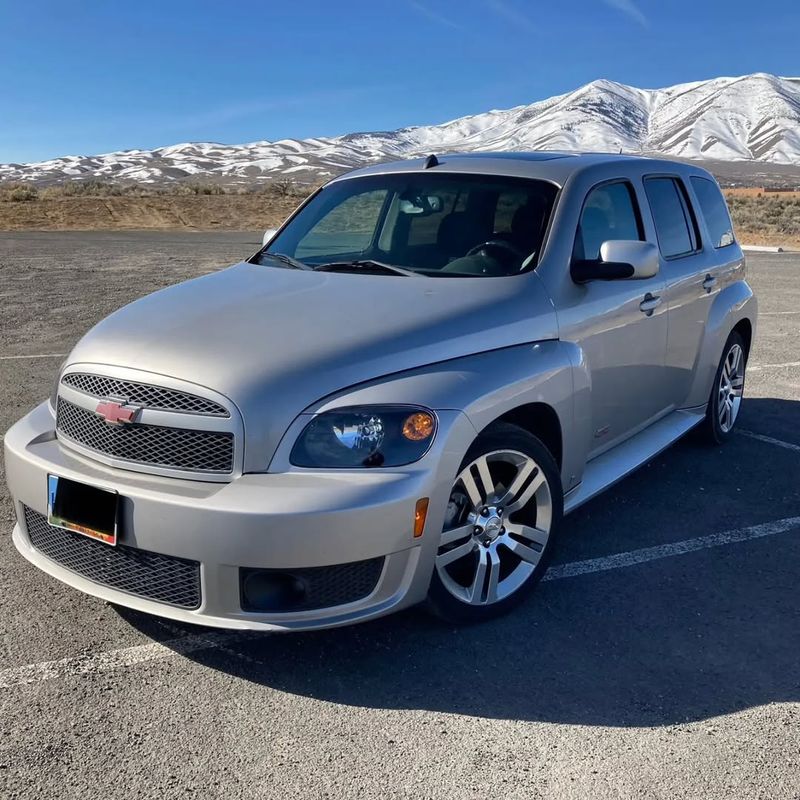
Nostalgia on wheels, the Chevrolet HHR took design cues from the past, aiming to capture hearts in the mid-2000s. With its retro looks, it was a head-turner.
Underneath its classic exterior lay modern features, blending old-school charm with new-world convenience. It found a niche among those craving retro vibes.
Though it wasn’t a runaway success, the HHR remains a quirky favorite, a reminder of GM’s playful side. A car that dared to be different.
20. Oldsmobile Bravada
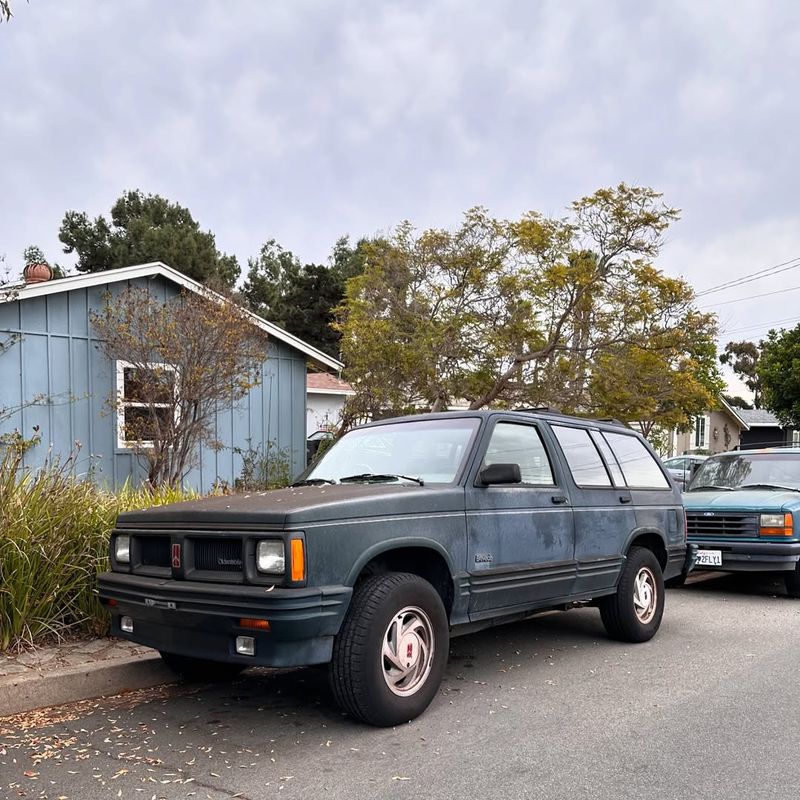
The Oldsmobile Bravada, an SUV with a touch of elegance, sought to blend luxury with utility in the late ’90s. It was Oldsmobile’s answer to the growing demand for premium SUVs.
While it offered a comfortable ride, it struggled to stand out in a crowded market. Yet, its refined design left a lasting impression.
The Bravada remains a symbol of Oldsmobile’s final efforts in innovation, a polished attempt at capturing the SUV craze. A dignified ride through the past.
21. Pontiac Trans Sport

Nicknamed the “Dustbuster” for its pointed front end and sweeping glass design, the Pontiac Trans Sport was GM’s idea of a futuristic minivan. And it definitely turned heads.
While some appreciated its innovation, others were put off by its odd looks and space-age interior. It was a radical departure from minivan norms, and not all families were ready for it.
The controversy wasn’t just aesthetic—owners reported build quality issues too. It’s now a cult favorite, but at launch, it was deeply polarizing.
22. Saab 9-7X

The Saab 9-7X, a luxury SUV with a Swedish twist, hit the scene in the mid-2000s. Built on an American platform, it aimed to bring Saab’s unique flair to the SUV market.
Though its GM roots were evident, it offered a taste of European elegance. Its performance and comfort found a niche following.
Today, the 9-7X represents a curious blend of cultures. An intriguing chapter in automotive crossbreeding.
23. Chevrolet Caprice PPV
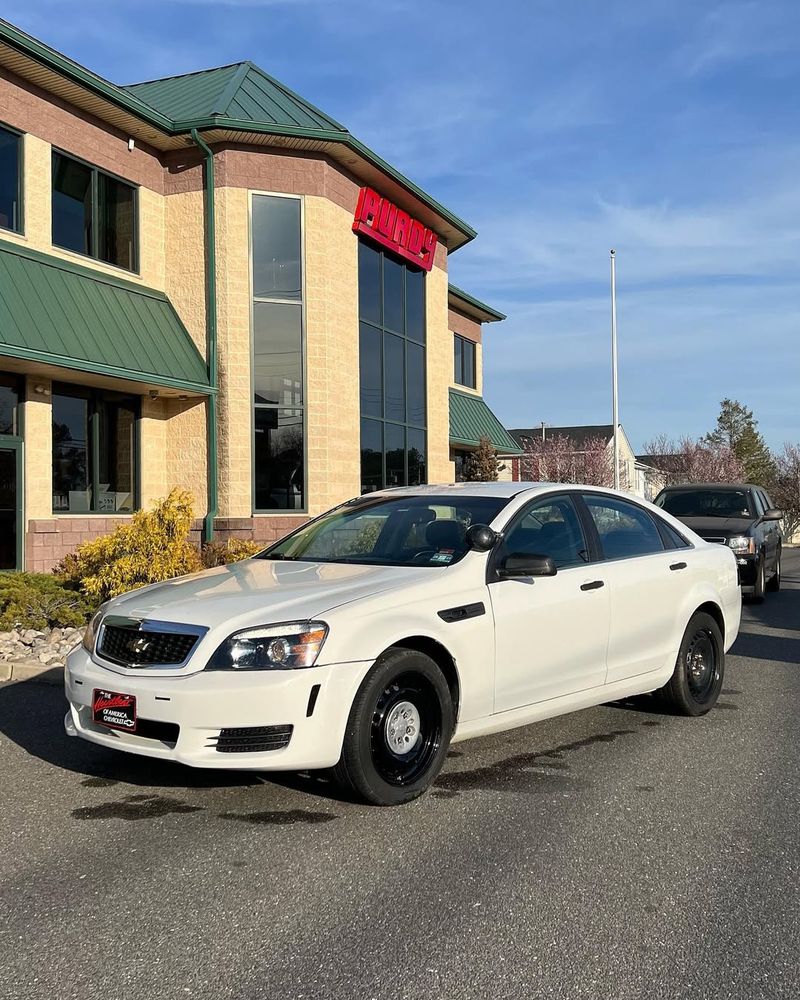
Chevrolet’s Caprice PPV was the law enforcement vehicle of choice in the 2010s. Built for speed and durability, it became a trusted partner for police forces.
With powerful engines and advanced features, it was more than just a badge car—it was a force to be reckoned with on the streets.
The Caprice PPV remains a hallmark of Chevy’s commitment to performance and reliability. A patrol car that left a lasting impact in law enforcement circles.
24. Cadillac ATS-V
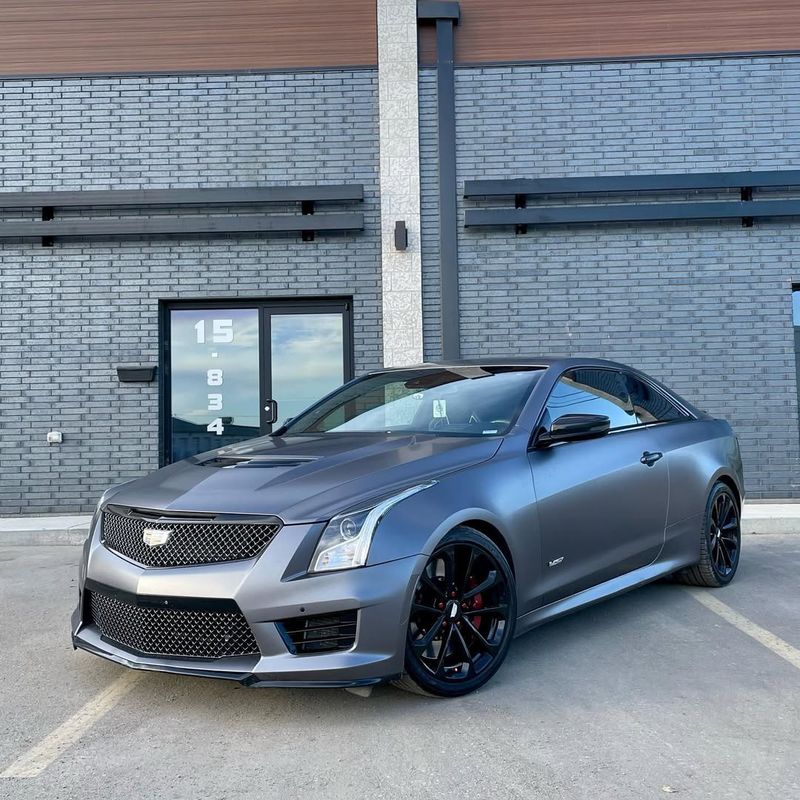
The ATS-V was Cadillac’s no-nonsense answer to the BMW M3, and in many ways, it delivered—with sharp handling, twin-turbo V6 power, and track-day readiness.
But its reception was mixed. Some die-hard fans wanted a V8, while others questioned Cadillac’s commitment to sporty sedans in a market shifting to SUVs.
The interior didn’t quite match its European rivals, either. It sparked debates not just about specs, but about Cadillac’s identity: Could it really go toe-to-toe with German performance legends?
25. Pontiac Solstice Coupe
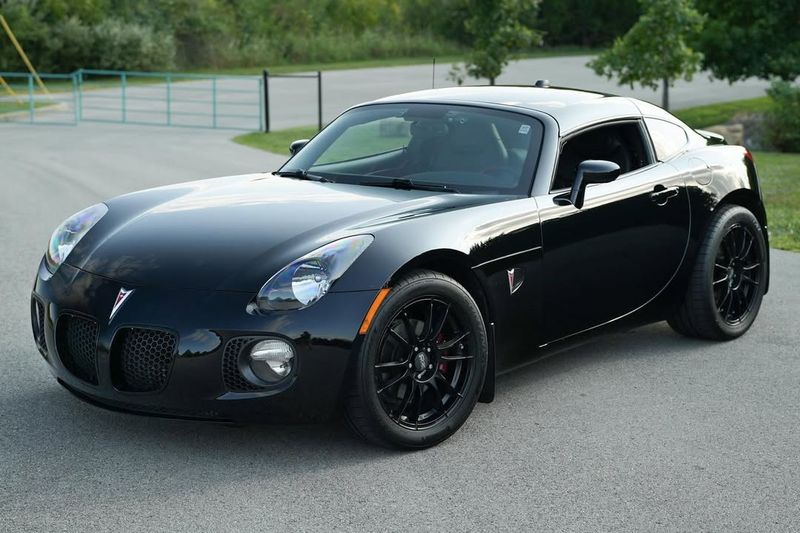
The Pontiac Solstice Coupe, a sports car with a flair for adventure, hit the roads in the late 2000s. Its targa roof and stylish design captured imaginations.
While its production was brief, the Solstice Coupe’s unique charm and nimble handling won hearts among driving enthusiasts.
A captivating blend of speed and style, the Solstice Coupe remains a symbol of Pontiac’s spirited creativity. A short yet memorable burst of automotive excitement.
26. Chevy Trailblazer SS
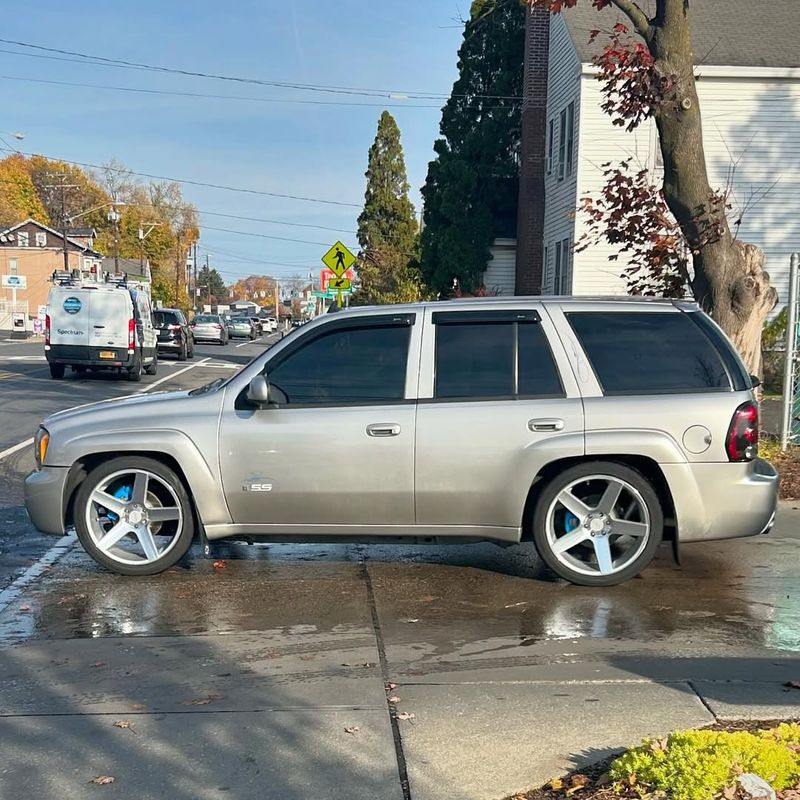
A 395-horsepower SUV in the mid-2000s? The Trailblazer SS was GM’s shot at injecting muscle into a family hauler, and the result was impressive—but odd.
Enthusiasts appreciated its Corvette-sourced V8 and legit performance chops, but critics questioned the practicality of a gas-thirsty, firm-riding SUV at a time when fuel economy was rising in importance.
It walked a fine line between sleeper and novelty, and not everyone was convinced. Today, it’s a cult favorite, but back then, it confused more than it convinced.
27. Chevrolet Cruze Diesel
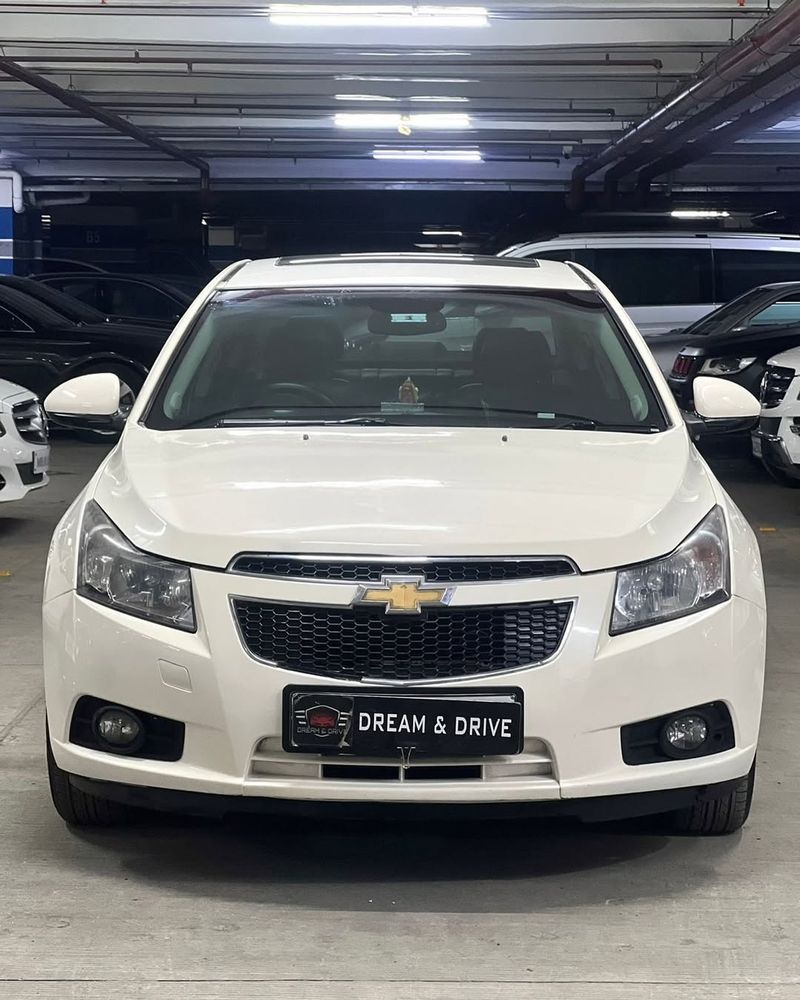
The Chevrolet Cruze Diesel, a compact car with a heart for efficiency, hit the market in the 2010s. It aimed to offer diesel’s fuel economy in a budget-friendly package.
Though diesel was a tough sell in the U.S., the Cruze stood out for its solid performance and frugal nature. A rarity in a gasoline-dominated landscape.
The Cruze Diesel is a nod to Chevy’s willingness to explore different fuel options, a small but mighty player in the efficiency game.
28. Buick Cascada
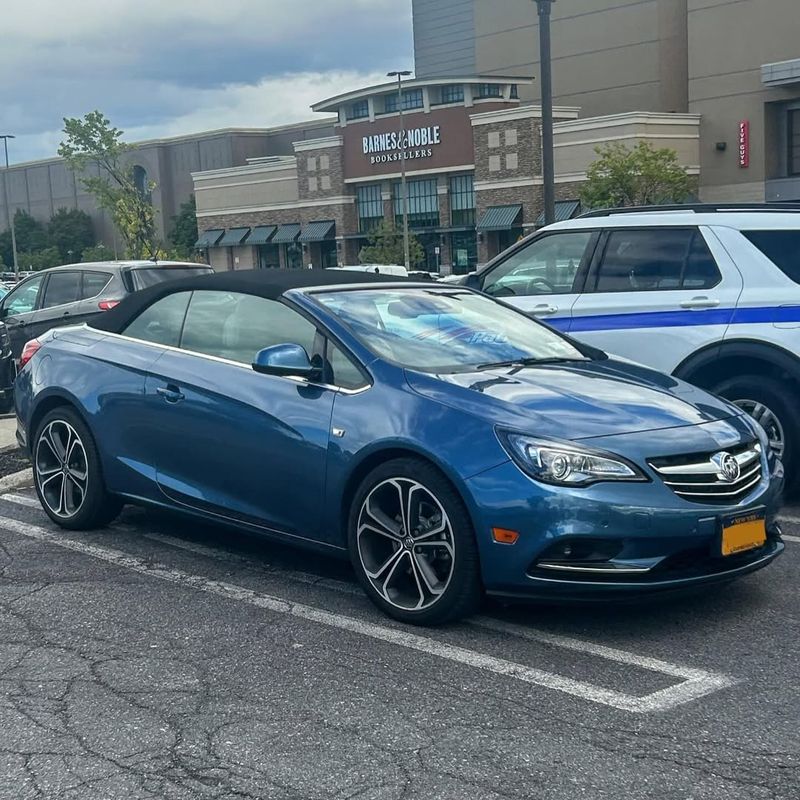
The Cascada looked like Buick’s attempt to bring European drop-top flair to American shores—but timing and execution were off.
Based on an Opel, the convertible arrived just as interest in coupes and convertibles was fading fast.
Critics felt it lacked the refinement and power expected at its price point, while others questioned if Buick buyers even wanted a convertible.
It wasn’t offensive, but it didn’t excite either, leaving many to ask: Why did Buick build this—and who exactly was it for?
29. Chevy Aveo
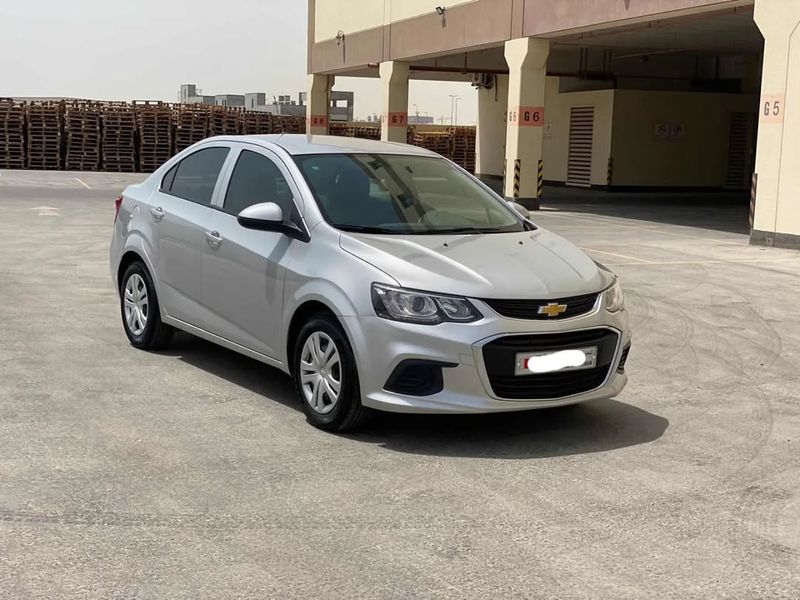
The Chevy Aveo, a budget-friendly option for the everyday driver, made its mark in the mid-2000s. Simple and straightforward, it was all about getting from A to B.
While not a powerhouse, its affordability and reliability won over city dwellers and first-time buyers. A no-frills approach to driving.
30. Cadillac CT6-V
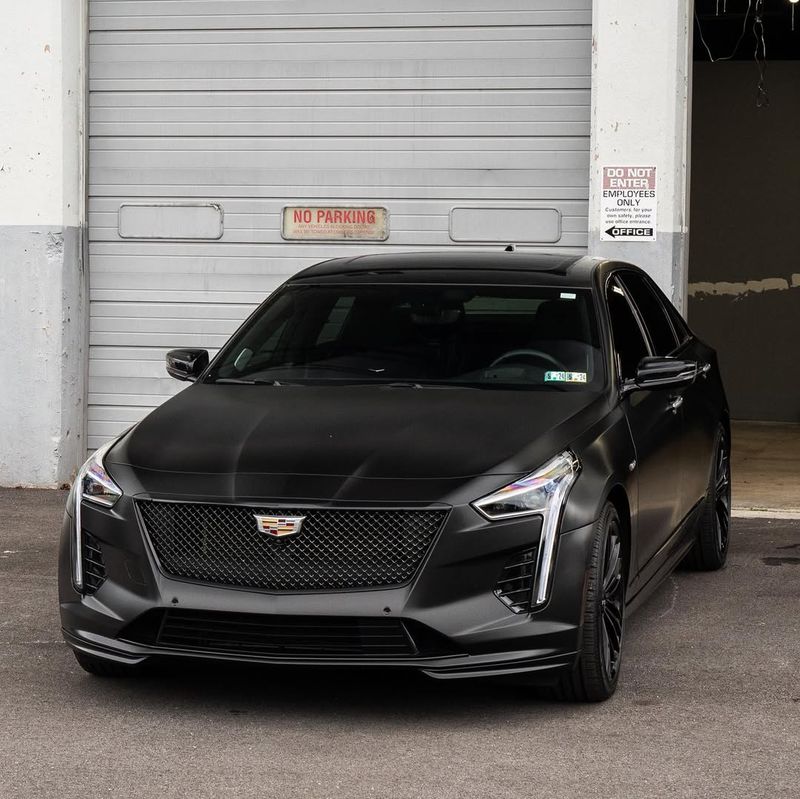
The CT6-V introduced Cadillac’s hand-built, twin-turbo Blackwing V8—a marvel of engineering, wrapped in a sleek, tech-laden sedan. But instead of becoming a halo car, it was a limited-run anomaly.
Cadillac’s decision to cancel the CT6 in the U.S. shortly after launching the V trim left fans scratching their heads.
Why build a world-class engine, then get rid of the car it was made for? It was a flash of brilliance followed by a vanishing act, sparking frustration among enthusiasts and leaving a big “what if.”
31. Hummer EV
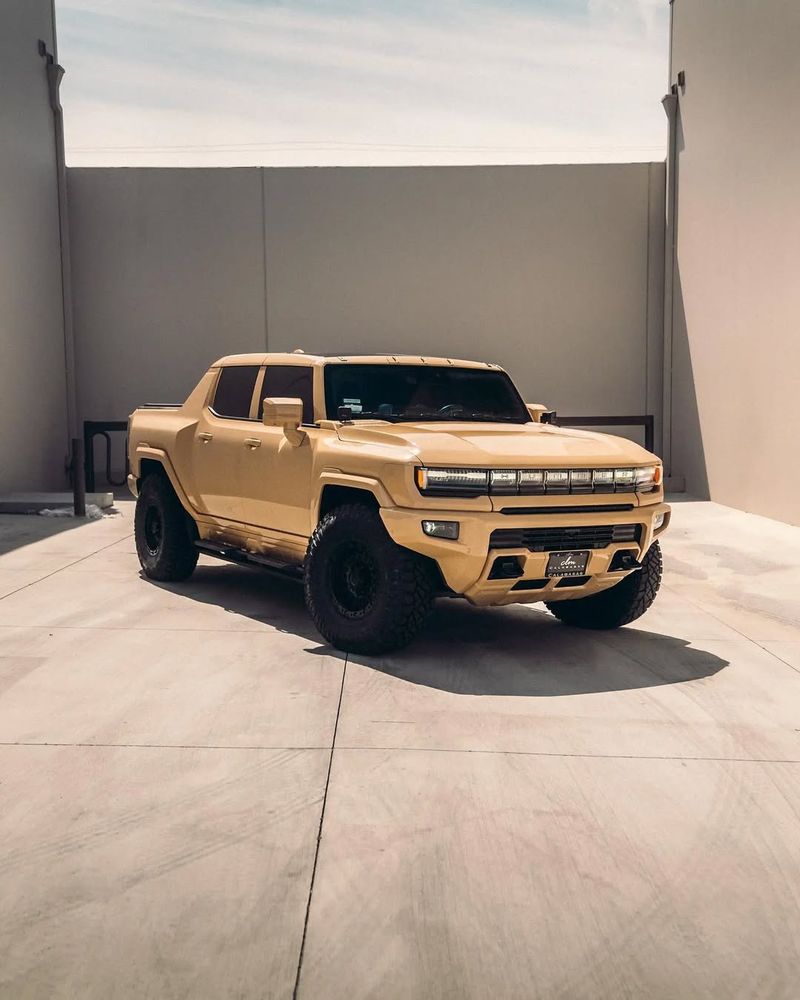
The Hummer EV, a modern twist on a classic icon, emerged in the 2020s as a symbol of electrified power. Its imposing size and eco-friendly engine redefined what a Hummer could be.
With cutting-edge technology and off-road prowess, it brought the spirit of adventure into the green age. A new era for a legendary name.
The Hummer EV is more than a vehicle; it’s a revolution on wheels, blending tradition with innovation. A bold stride into the future.
32. GMC Envoy XUV
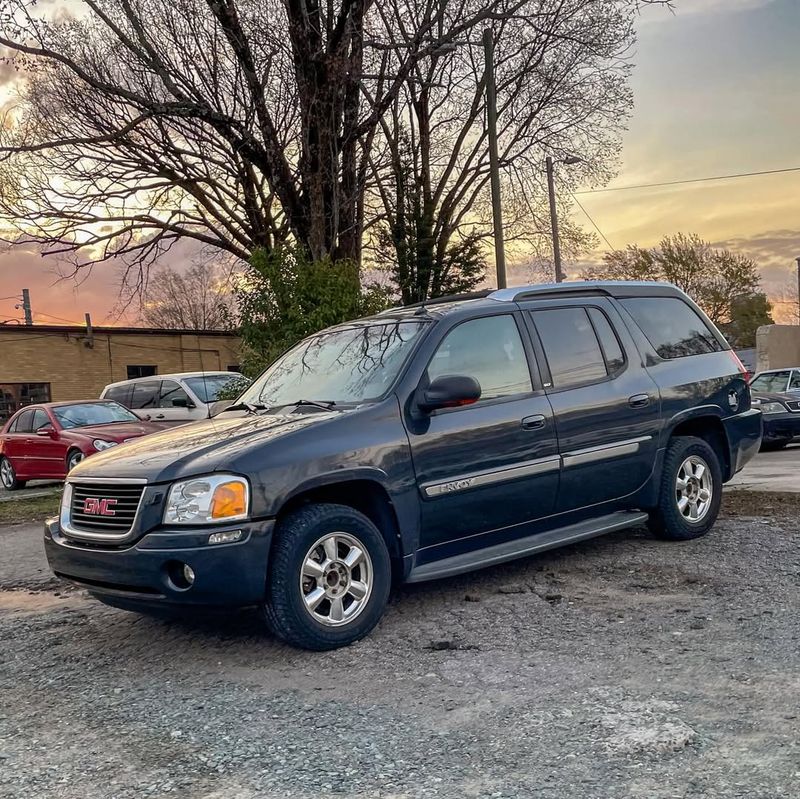
Part SUV, part pickup, and fully strange—the Envoy XUV was one of GM’s boldest and most confusing creations.
It featured a retractable roof over the cargo area, allowing it to morph between an enclosed SUV and an open-bed hauler.
The idea was innovative, but the execution was clunky and added weight without much practicality.
Critics panned it as a gimmick that didn’t solve a real problem, and buyers stayed away. The XUV flamed out fast, but not without making waves.
33. Pontiac Bonneville SSEi

The Pontiac Bonneville SSEi, a powerful sedan with a flair for performance, roared onto the scene in the early 2000s. Its supercharged engine and aggressive styling made it a standout.
As a blend of luxury and speed, it appealed to those seeking more than just a family car. A thrilling ride with Pontiac’s signature touch.
Though Pontiac is no more, the Bonneville SSEi’s legacy lives on as a symbol of power and panache. A driving experience that won’t be forgotten.
34. Chevrolet Blazer (2020–present)
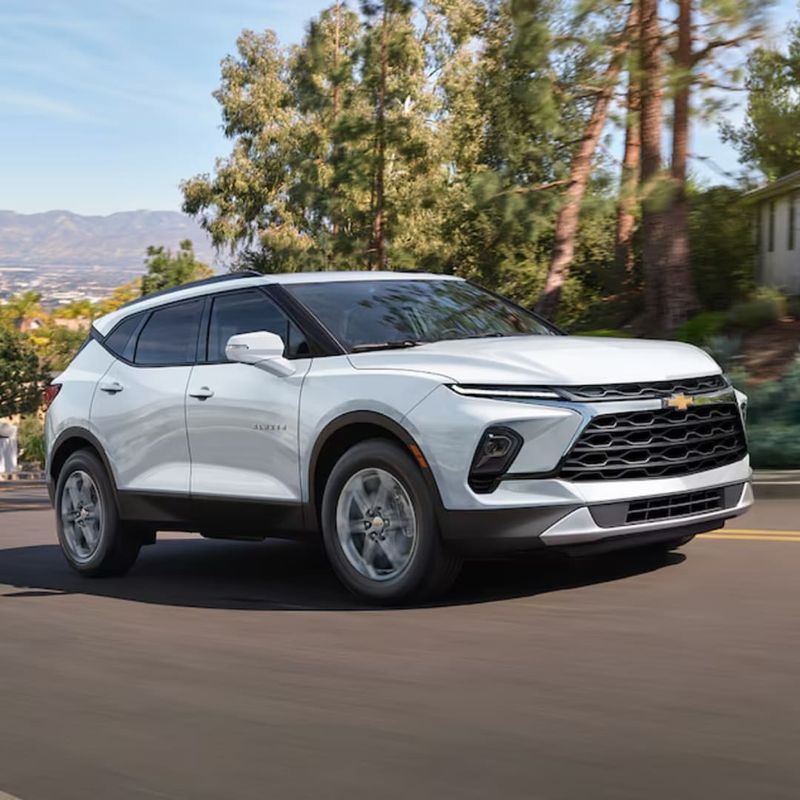
The Chevrolet Blazer’s revival in the 2020s brought a fresh take on an old favorite. With its striking design and modern features, it was a bold re-entry into the SUV market.
Critics noted its departure from the rugged Blazer of yesteryears, yet its style won fans among city drivers seeking flair and functionality.
The Blazer’s new chapter is a testament to Chevy’s ability to reinvent and captivate. A stylish evolution of a classic nameplate, ready for modern adventures.
35. Saturn Sky
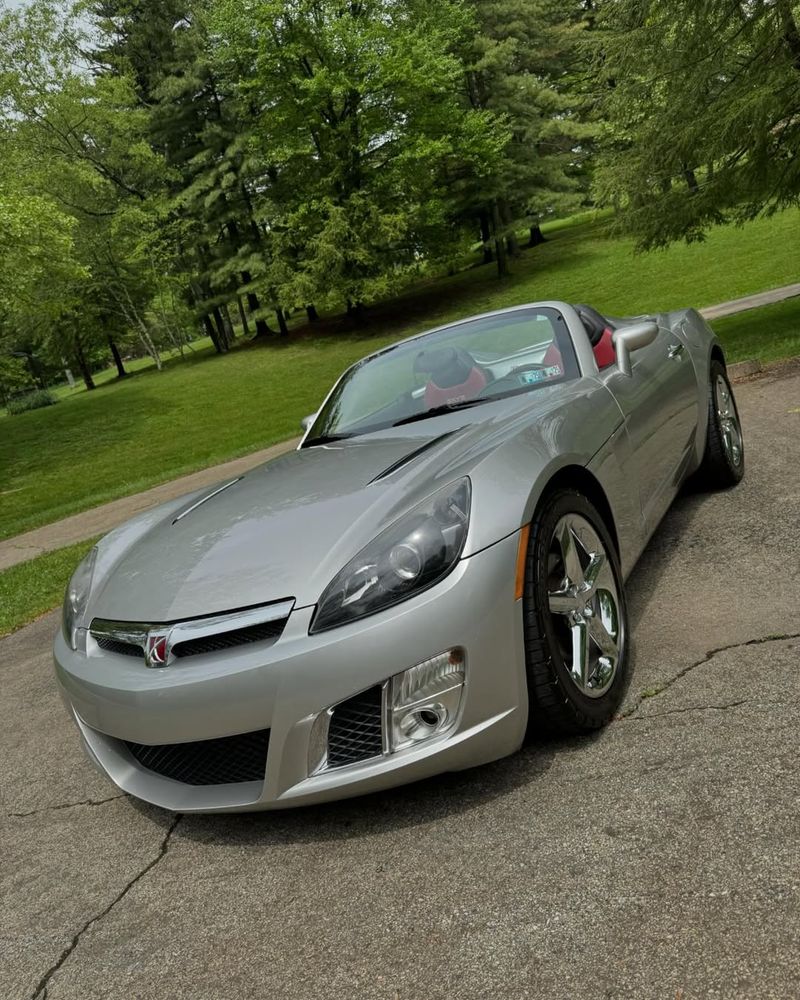
The Sky was Saturn’s stylish swan song—a roadster that looked the part, with sharp lines and rear-wheel drive dynamics.
But some questioned its true performance chops compared to the Mazda Miata or Pontiac Solstice, its platform-mate.
It arrived during a time of financial turmoil for GM and didn’t get the long life it deserved.
Enthusiasts admired its design, but critics felt it was a case of too little, too late. The Sky was controversial simply because it showed what Saturn could have been.
36. Chevy Bolt EV
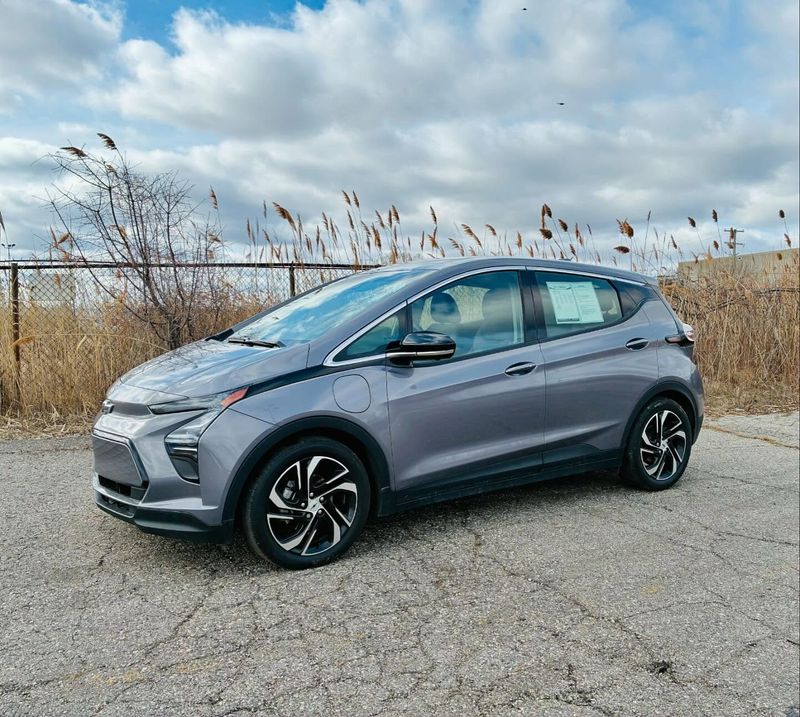
The Chevy Bolt EV, an electric pioneer for GM in the 2020s, redefined what an electric vehicle could be. Compact yet powerful, it was a step towards a greener future.
With impressive range and affordability, the Bolt EV made electric driving accessible to the masses. A practical choice for eco-conscious drivers.
The Bolt EV is more than just a car; it’s a movement towards sustainable transportation. A shining example of GM’s commitment to innovation and the environment.
